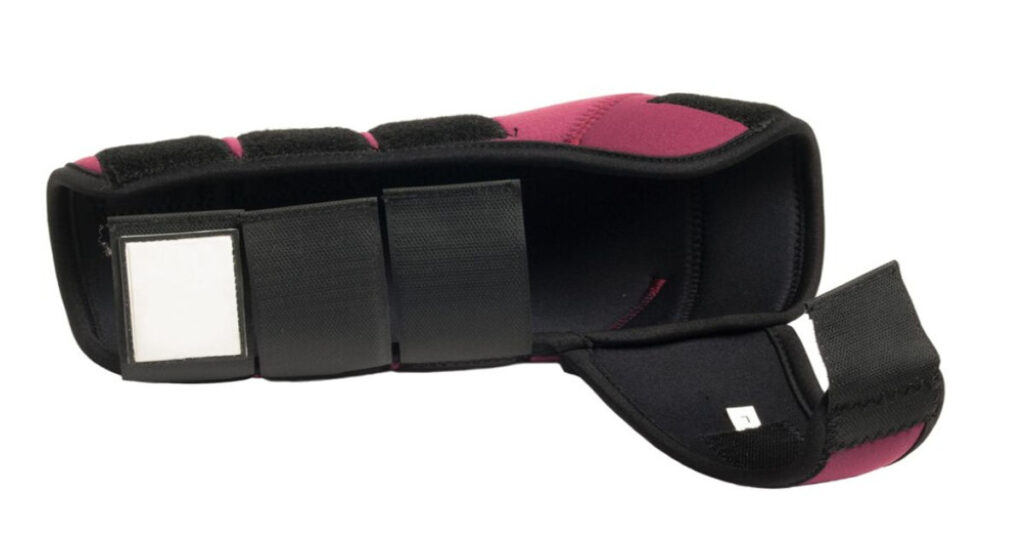Lifting belts serve as an invaluable tool in the realm of strength training, primarily functioning as a reliable support system for the core and lower back. Their fundamental purpose is to enhance stability during heavy lifts by providing external support and promoting proper form. The mechanics behind lifting belts are rooted in their ability to create intra-abdominal pressure when tightened. This pressure generates a robust foundation for the spine, offering a preventive measure against potential injuries.
How do lifting belts work
Lifting belts primarily function as a support system for your core and lower back. By providing external stability, they encourage proper form during heavy lifts. When tightened, these belts create intra-abdominal pressure, offering a solid foundation for your spine and reducing the risk of injuries.
Benefits of Wearing a Lifting Belt:
Enhanced Core Support: Gym belts reinforce your core, promoting better posture and preventing excessive stress on your lower back.
Increased Intra-Abdominal Pressure: This pressure supports your spine and can boost your lifting performance by allowing you to lift heavier weights safely.
Injury Prevention: Lifting belts are especially beneficial for preventing lower back injuries, making them a valuable tool for heavy-compound lifts.
Drawbacks of Wearing a Lifting Belt:
Dependency Issues: Relying too heavily on a lifting belt can lead to a weakened natural core strength over time.
Misuse and discomfort: Incorrect usage, such as over-tightening, can cause discomfort and hinder your range of motion during exercises.
Not Universally Effective: Lifting belts may not be suitable for all exercises, as some movements require more flexibility and may be impeded by the use of a belt.
When to Use a Lifting Belt:

- Heavy Compound Lifts: Employ a lifting belt during exercises like squats and deadlifts, where maintaining proper form and spinal stability is crucial.
- Personal Strength Plateaus: If you’ve hit a strength plateau and are attempting to break through with heavier weights, a lifting belt can provide the necessary support.
When Not to Use a Lifting Belt:
- Lighter Workouts: For lighter weights and exercises that don’t heavily stress the lower back, it’s unnecessary and can even be counterproductive.
- Skill and Technique Development: When focusing on perfecting your form and technique, it’s advisable to skip the belt to engage your core muscles fully.
When is a Lifting Belt Helpful
Lifting belts can be a valuable accessory in specific scenarios, providing targeted support during weightlifting exercises. Understanding when to use a lifting belt is crucial for optimizing its benefits without compromising long-term gains. Here are key situations when a lifting belt proves helpful:
Heavy Resistance Training
Lifting belts are particularly beneficial when engaging in heavy resistance training, especially compound movements like squats and deadlifts. The added support helps maintain proper spinal alignment and stability, reducing the risk of injury when lifting significant loads.
Maximal Effort Lifts
During maximal effort lifts or one-repetition max (1RM) attempts, a lifting belt can offer critical support. The belt’s ability to enhance intra-abdominal pressure becomes crucial in providing a stable foundation for the spine, allowing lifters to focus on the lift without compromising form.
Fatigue and Endurance Training
When fatigue sets in during a workout, particularly in longer training sessions, wearing a lifting belt can help sustain proper form. This is especially relevant for individuals prone to losing core engagement as they tire, ensuring continued support for the lower back and preventing breakdowns in technique.
Rehabilitation and Injury Recovery
Lifting belts can be a valuable tool during rehabilitation or injury recovery phases. They provide external support to the weakened or injured areas, allowing individuals to gradually reintroduce resistance training without exacerbating existing issues.
Individual Anatomy and Preferences
Some individuals may find that using a lifting belt feels more comfortable and supportive, aligning with their biomechanics and lifting style. Personal preferences and body mechanics play a role in determining when a lifting belt is helpful, with some lifters opting to use it consistently for various exercises.
Learning and Skill Development
Beginners may find lifting belts helpful during the initial stages of learning complex movements. The added support can assist in reinforcing proper lifting mechanics and encourage individuals to focus on form, building a solid foundation before gradually phasing out the belt as proficiency improves.
Periods of Strength Plateaus
When facing strength plateaus or struggling to make progress in lifts, incorporating a lifting belt strategically may provide the extra stability needed to break through performance barriers. This can be a temporary aid to overcome sticking points and enhance overall lifting capacity.
While a lifting belt can be a valuable asset in these situations, it’s essential to strike a balance and not become overly reliant on its use. Incorporating a lifting belt judiciously and in conjunction with proper lifting techniques ensures that its benefits are maximized without compromising natural strength development or core stability.
Misconceptions about Gym Belts

Belts Make You Invincible: Wearing a belt doesn’t make you immune to injuries; it’s a supportive aid, not a guarantee against mishaps.
One Size Fits All: Lifting belts should be chosen based on individual needs, body type, and the type of exercises performed.
Conclusion:
In the realm of fitness, lifting belts are a valuable asset when used judiciously. By understanding their benefits, drawbacks, and the appropriate situations to utilize them, you can optimize their effectiveness in your training routine. Remember, balance is key—a lifting belt is a tool, not a crutch.


